CHAPTER 6
Mobile and Portable Ham Stations
When lay people think of Amateur Radio, they usually imagine diverse desktop “rigs” and big antenna “farms.” When most folks think of mobile stations, they envision radios of the sort found in taxicabs or police vehicles. The notion of portable radio operation brings to mind the “walkie-talkies” used by security personnel or young children. Amateur Radio offers all those hardware options and more, in the form of mobile and portable equipment.
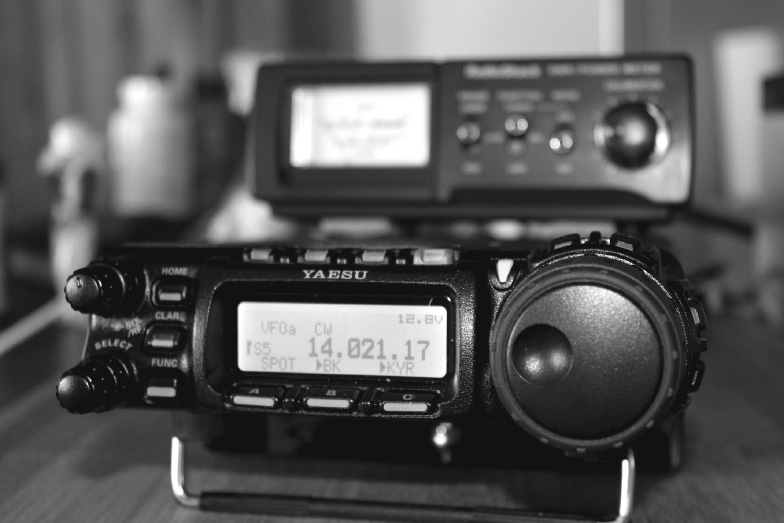
FIGURE 6-1 A mobile/portable ham radio transceiver that covers 160 meters through 70 centimeters in all popular modes.
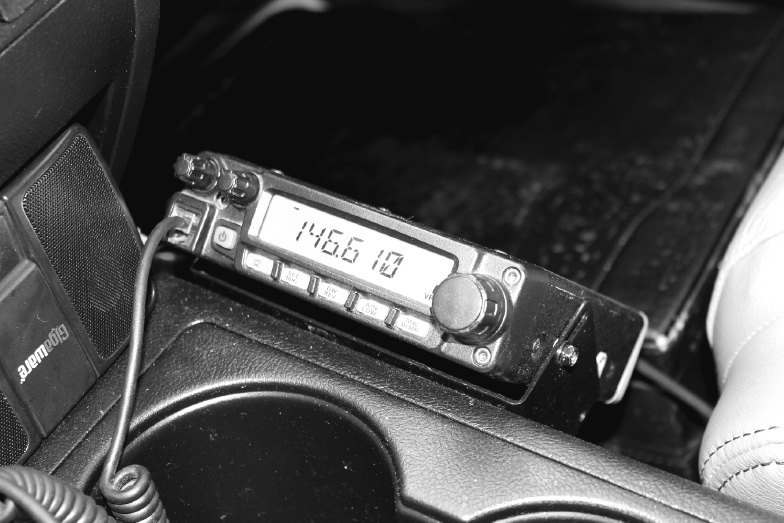
FIGURE 6-2 A mobile 2-meter FM transceiver.
Mobile Band Options
For mobile operation, the VHF and UHF bands generally work better, from a technical standpoint, than the HF bands do, especially the ones at 1.8 MHz, 3.5 MHz, and 7 MHz. That’s because, as the wavelength gets longer, the minimum physical length or height of an efficient antenna increases, making a series-connected inductance mandatory. But putting a coil in the radiating element of an antenna reduces its efficiency (the ratio of the RF power that actually goes out into space to the RF power that your transmitter puts in at the feed point). In mobile stations, a marginal ground system, usually comprising only the vehicle body, compounds the problem.
Mobile Antenna Considerations
In practical situations, you can’t operate mobile stations below about 24 MHz without placing an inductor in the antenna element. A full quarter-wavelength vertical antenna at 24 MHz measures 3 meters tall, while the same size antenna, in terms of its wavelength dimension, measures 10 meters tall at 7 MHz and 20 meters tall at 3.5 MHz. When the height of a mobile antenna exceeds 3 meters, it becomes unwieldy and unsafe. It will not likely survive the hurricane-force winds that assault it at freeway speeds, and it can strike low-hanging obstructions, such as tree branches, utility wires, small bridges, and tight overpasses. Besides all that, a mobile antenna taller than 3 meters will raise police and troopers’ eyebrows, if not provoke them to pull you over and give you a ticket for creating a hazard on the road.
You can get around the practical height limitation for mobile antennas by inserting a coil in the radiating element of a short antenna to lower the resonant frequency, making it electrically longer without making it physically taller. Ideally, the coil should go near the middle of the element, although it can work at any point from the base to roughly three-quarters of the way to the top. When you employ so-called inductive loading this way, you lose more power in the ground system than you would lose if you fed a full-size, quarter-wavelength element directly at the base. A midsize car can serve as a decent RF ground at 2 meters or 6 meters, but the efficiency of that same ground system grows worse as the wavelength increases until, at 80 meters or 160 meters, that same vehicle provides almost no RF ground.
In general, if you have a radiating element of a fixed length, you should do everything you can to minimize the loss resistance. That means you need a good ground system. Unfortunately, in a mobile station at a wavelength longer than 12 or 15 meters, a good ground system is all but impossible to attain unless you’re piloting a big truck, a train, an aircraft, or a large boat. You can’t expect to get an efficient HF mobile antenna in most situations with ordinary cars. But at VHF and UHF, you can do quite well! Some vendors offer 1/2-wave or 5/8-wave VHF and UHF mobile antennas that optimize the efficiency by maximizing the so-called radiation resistance.
Advantages of VHF and UHF Mobile
When you decide to set up a mobile ham radio station, you have a choice between VHF (the bands at 50 MHz and up) or HF (the bands below 29.7 MHz). Here are some good reasons why you might prefer to choose VHF:
• Mobile antennas almost always exhibit good efficiency at VHF and UHF.
• Antennas for VHF and UHF have manageable size.
• You can usually get away with a magnetic mount at the base of a VHF or UHF mobile antenna (for example, the one shown in Fig. 6-3). Such a mount doesn’t force you to deface the vehicle, and you can easily and quickly remove it when you want the antenna off the vehicle (for example, in a car wash or garage).
• You’ll find plenty of repeater activity on VHF and UHF, especially on 2 meters and 70 centimeters, and these systems offer great convenience as long as you know the tone squelch frequency for every repeater that you want to use.
• Most VHF and UHF radios are simple and compact, don’t gobble up a lot of power, and lend themselves to easy operation.
• Ignition noise and power-line noise rarely pose serious problems for reception at VHF and UHF, although vehicle alternators can sometimes produce an annoying whine in the receiver and a similar whine in your transmitted audio.
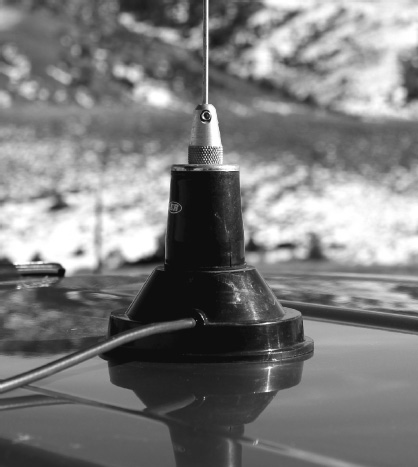
FIGURE 6-3 A magnetic base mount (also called a “mag mount”) for a VHF mobile ham radio antenna.
Advantages of HF Mobile
Some radio hams aren’t satisfied with VHF for mobile operation. Here are a few reasons why you might want to install an HF mobile radio in your vehicle instead of, or in addition to, a VHF rig:
• The HF bands, especially the ones at 14 MHz and up, offer fascinating potential for making DX contacts from your vehicle.
• You can almost always contact someone on some HF band from anywhere in the world, no matter how remote your location. This capability can prove invaluable when you drive through places where neither cell phone nor repeater coverage exists.
• Antennas for mobile HF operation, while less efficient than those for VHF operation, can give you plenty of contacts even if they waste considerable RF power in the process.
• The HF bands don’t have “closed repeaters” that can render VHF operation useless and pointless for hams who don’t know the tone squelch frequency for the repeater nearest them.
• Mobile HF radios can serve as emergency communications stations, especially on the high seas and in aircraft. If you also have VHF and UHF capability, you have the best of everything this respect.
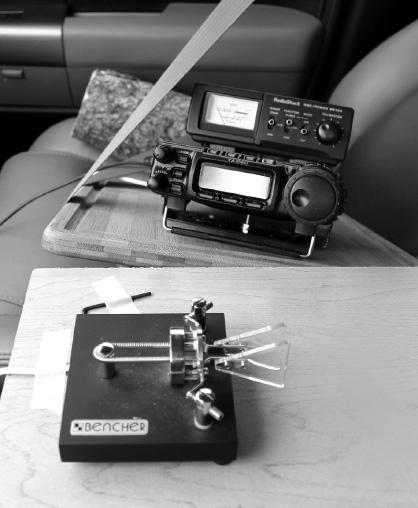
FIGURE 6-4 The W1GV mobile CW installation, showing the radio and SWR meter in the background and the keyer paddle in the foreground.
Warning! If you plan to operate a mobile ham radio station, check with state and local law enforcement officials before doing it while the vehicle is in motion. You can of course use good judgment, but that will only take you so far these days. As state governments grow more and more eager to legislate common sense, more and more regions and municipalities will likely forbid some types of ham radio mobile operation, if not all of it (except while parked).
Mobile Power Options
When you choose a radio for your mobile station, you can get one that runs relatively high power (which hams sometimes call QRO, the Q signal for “increase power”), or you can get a radio that runs strictly QRP. For the purposes of this discussion, let’s call an RF power output of 25 watts or more QRO, and anything less than 25 watts QRP.

Advantages of QRO Mobile
Most mobile operators, especially when operating in the HF bands, prefer to run the standard RF power of about 100 watts that most transceivers put out. The majority of commercially available VHF radios can run at least 25 watts. Radios get generally less powerful at UHF and microwave frequencies, though. Here are some reasons to run QRO mobile:
• You’ll have an easier time making contacts running QRO than you will have if you run QRP.
• With QRO, you’ll have a better chance of maintaining a contact once you’ve made it, especially in light of the fact that mobile operation often involves moving through zones where lines of sight change because of hills and buildings.
• In an emergency, you’ll have the best chance of getting help in the least amount of time if you run the highest RF power output that you (and your vehicle’s electrical system) can manage.
• Most vehicles’ electrical systems can support radios that consume up to about 500 watts, which translates to about 200 watts RF output. The radio-frequency interference (RFI) issue, however, may make it impractical to run that much power, as described below under “Advantages of QRP mobile.”
Warning! Some vehicles’ electrical systems have trouble even with radios that consume moderate amounts of power. Beware, especially if you have a small car. If you have doubts about your vehicle’s electrical system, consult an auto mechanic or the vehicle manufacturer.
Advantages of QRP Mobile
If you’d rather stick with QRP when operating mobile, you should expect challenges, especially if you operate on the lower HF bands. Nevertheless, QRP mobile has plenty of assets, and for hams who enjoy QRP, the technical challenges constitute a good reason to go this route!
• Your radio places little or no strain on your vehicle’s electrical system if you run QRP, even if you transmit in a mode that involves continuous carrier output, such as FM.
• With QRP, your radiated signal will not likely cause the vehicle’s computer to malfunction because of RFI. At power levels over 25 watts at some frequencies, strange manifestations can occur, such as speedometer and tachometer reading gyrations on the less serious side, and fuel injection problems or ignition failures on the more serious side.
• You can take your DC power from a cigarette lighter with an adapter plug, such as the one shown in Fig. 6-5, because QRP doesn’t demand much current, and you needn’t worry about possible contact resistance in the connection, which can prove problematic or even dangerous when you use that type of adapter with a QRO radio.
• You can use a battery other than the vehicle battery to power the transceiver. That way, you minimize the risk of ignition noise and alternator whine coming into your radio through the DC power cable.
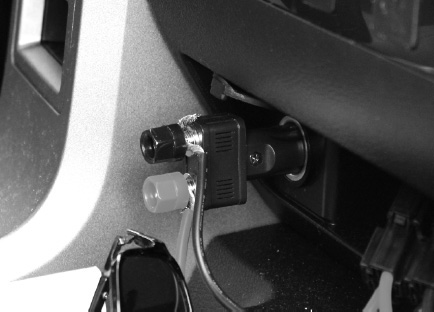
FIGURE 6-5 A DC power adapter plug for low-current mobile. It’s the same type of plug that you find in cell-phone and tablet device chargers.
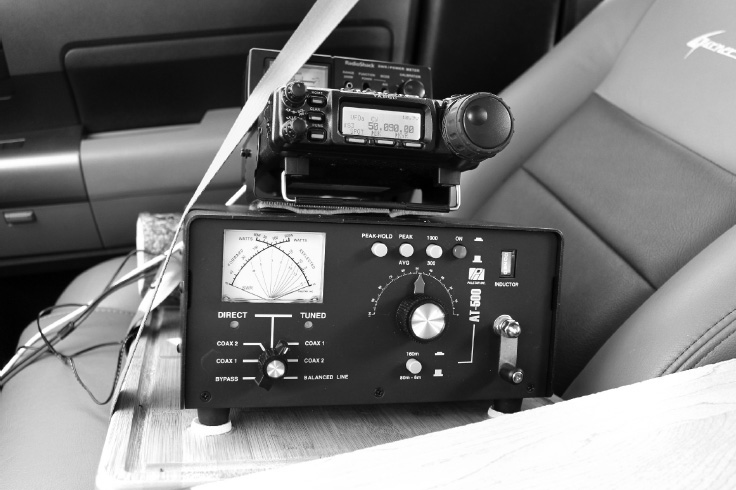
FIGURE 6-6 A transmatch in a mobile installation for increasing antenna bandwidth and operating on bands at frequencies far different than that of the antenna’s design band. In my arrangement, the radio sits on top of the transmatch.
Portable Band Options
In ham radio, the term portable can have either of two meanings. Let’s call them heavy portable and light portable. You can easily move the hardware for a heavy portable station from one fixed QTH to another, but you can’t use the gear as you carry it. A light portable station, in contrast, lends itself to use as you haul it around. Heavy portable stations can work on HF, VHF, or UHF, but light mobile stations usually work only on VHF and UHF.
Examples
My heavy portable station originally comprised a Yaesu FT-857D compact all-band transceiver along with a deep-cycle marine battery, a keyer paddle glued to a piece of wood to serve as an armrest, and a meter that indicated how well the radio was matched to the antenna (called an SWR meter, where SWR means standing-wave ratio.) as shown in Fig. 6-7. Later I replaced the SWR meter with the transmatch shown in Fig. 6-6, which has its own built-in SWR and power meter. This station doubles as the mobile installation I could also use while camping, or for an emergency situation, or for the annual ARRL Field Day contest, but I couldn’t walk around with it and operate it at the same time. I deployed it on the HF bands from the guesthouse at the Stargazer Ranch in Meeteetse, Wyoming, and enjoyed great DXing with 50 watts output on 10, 12, 15, 17, and 20 meters.
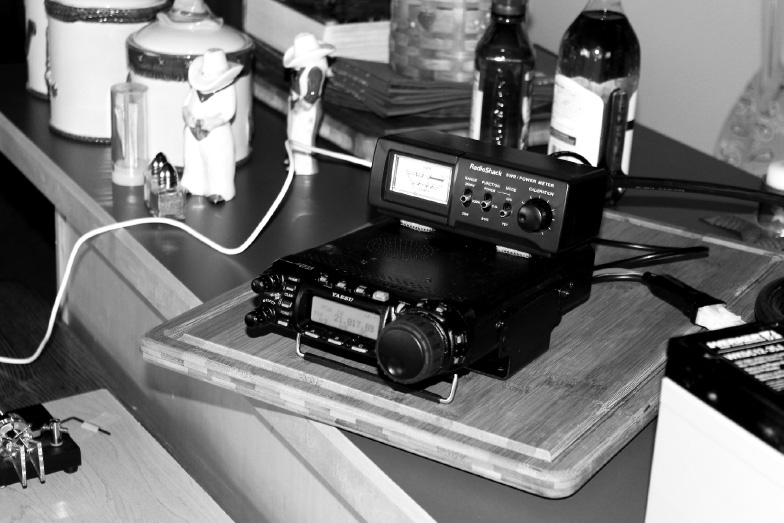
FIGURE 6-7 A heavy portable station deployed in the dining area of the bunkhouse at the Stargazer Ranch in Meeteetse, Wyoming, March 2014.
A light portable station almost always takes the form of a handheld transceiver. These units look something like the toy “walkie-talkies” that children use to communicate over short distances. But ham radio handheld units or “handy-talkies” incorporate sophisticated features such as microprocessor control and digital capability, which walkie-talkies rarely have. This type of radio has a lightweight battery inside the box. Once in awhile you’ll find someone walking around with a more substantial radio, such as the Yaesu FT-857D and a small, light battery in a backpack, but such operations are generally confined to VHF and UHF because of antenna constraints. In the extreme, you might see someone hiking on the trail with a 10-meter whip antenna sticking up out of a backpack! But you’ll never see a light portable station in operation with a big, bulky battery such as the marine battery that I use in my heavy portable station.
Portable Antenna Considerations
If you plan to do heavy portable operation, you’ll need an antenna that you can easily transport and quickly set up at the destination or stopover QTH. A length of coaxial cable with a rolled-up dipole antenna can serve this purpose, but you’ll need to take advantage of existing supports such as trees to get anything out of it. Alternatively, you can place a full-size quarter-wavelength vertical antenna on your vehicle and run a length of coaxial cable from your rig to it. Obviously, you must remove or collapse such an antenna while driving the vehicle, but when it’s parked, anything goes!
I obtained a collapsible whip antenna from MFJ Enterprises that extends continuously up to 5 meters tall, so I can set it to any frequency on any ham band from 6 meters through 20 meters. It has a standard threaded base of the same sort used with CB whips. I placed the antenna in a so-called ball mount secured to the lip of my pickup truck bed, as shown in Fig. 6-8. The ball mount can withstand the stress of gale-force winds that commonly take place in locations I like to frequent, and also facilitates connecting the braid (shield) of the coaxial cable to the vehicle frame. Figure 6-9 shows the whole antenna with the lowermost two sections extended.
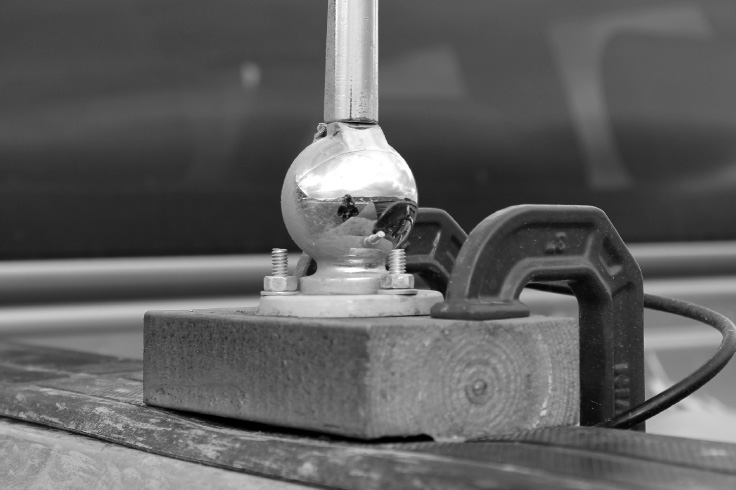
FIGURE 6-8 Base mount for the HF portable whip antenna.

FIGURE 6-9 The portable whip antenna, almost fully collapsed.
The feed line for the antenna shown in Figs. 6-8 and 6-9 comprises a ready-made length of RG-213 coaxial cable (the best kind commonly available for radio hams), 33 meters long with molded connectors on either end. Even though I never parked my vehicle anywhere near 33 meters from the station, I didn’t want to cut into that cable for fear of long-term water intrusion, so I coiled up the portion of cable that I didn’t need and set it in the truck bed near the antenna. In order to adjust the frequency of the antenna, I used an SWR-and-power meter that I bought at a Radio Shack retail outlet. I attached the meter, shown in Fig. 6-10, to the top of the transceiver with “sticky pads,” making sure not to obscure the speaker or any of the ventilation openings.
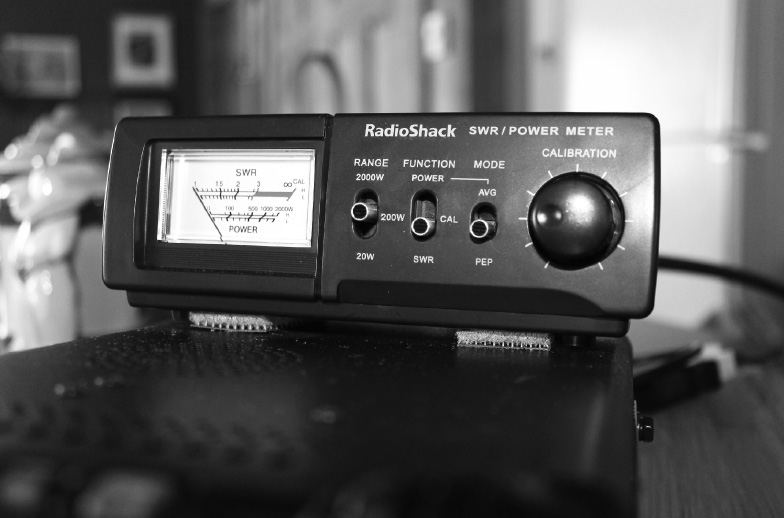
FIGURE 6-10 An SWR-and-power meter facilitates precise adjustment of the portable station antenna frequency and also gives a good indication of actual transmitter output power.
Advantages of VHF and UHF Portable
For light or “walk-around” portable operation, VHF and UHF predominate. At lower frequencies, efficient antennas are too large to carry and use at the same time. While you can, in theory, inductively load a shortened quarter-wave antenna to take power on any frequency, you can’t expect it to work in a light portable situation because such an antenna needs a substantial RF ground, and an effective “walk-around ground” hasn’t been invented yet! Nevertheless, the ham radio spectrum at 6 meters and shorter wavelengths offers specific advantages for any type of portable operation.
• You can make a portable antenna exhibit good efficiency at VHF and UHF, even in the absence of a substantial ground system. The best types are half-wavelength affairs with self-contained tuning networks at the base. Best of all is the so-called J pole, which comprises a quarter-wave, parallel-wire line with a half-wave radiator connected to one of the top ends of the line.
• Antennas for VHF and UHF have manageable size (except perhaps for a half-wave or J pole antenna at 6 meters), so you can carry them around without trouble.
• On the bands at 2 meters and above, the antenna can actually form part of the radio unit, as with a handy-talkie.
• You can put a radio in a backpack for light portable use, and let the antenna stick up out of the backpack for 2 to 3 meters without trouble. The microphone, obviously, has to be used outside the backpack, but that’s easy to arrange.
• You’ll find repeater activity on 2 meters and 70 centimeters except in the most remote locations. These installations can save your life if you get into serious danger, as long as you stay within range of one or more (and have learned its tone-squelch frequency in advance).
• Most VHF and UHF radios are simple, compact, and easy to operate. At least one radio, the FT-897 made by Yaesu, has a self-contained rechargeable battery and can double as a QRP mobile transceiver. It will also work on HF as a “little sister” to my QRO transceiver, the Yaesu FT-857D.
Advantages of HF Portable
For some hams (myself included), nothing surpasses the thrill of working DX with a portable station on the HF bands. During my week at the Stargazer Ranch in the winter of 2014, I got a great chance to do it! An unusual over-the-pole opening at night on frequencies up to 24 MHz made for fascinating contacts with other hams in such places as Russia, Japan, and South America. I did all this on CW with 50 watts output, using the Yaesu FT-857D powered by a 35-ampere-hour, deep-cycle marine battery. The advantages of HF portable operation resemble those of HF mobile.
• The HF bands, especially the ones at 14 MHz and up, offer great potential for making DX contacts from places far removed from the madness of civilization.
• You can almost always contact someone on some HF band from anywhere in the world. You’ll appreciate this fact when you spend a few days at a QTH where cell phones, the Internet, and repeaters aren’t available.
• Antennas for portable HF operation can work just as well as those at your home station. In my case, although the antennas were a little less efficient, the location proved superior because humanmade noise hardly existed, and I had a clear shot to the horizon in all directions.
• In many cases, a portable QTH can turn out to be far better than your own home QTH, as mine was at the Stargazer. In particular, you can get away from most, if not all, sources of electromagnetic interference (EMI) that bedevil urban and suburban hams’ reception at HF.
• Portable HF radios can serve as emergency communications stations. You can, if necessary, prove your worth in the public service arena during and after a natural disaster, such as a hurricane, flood, wildfire, or earthquake.

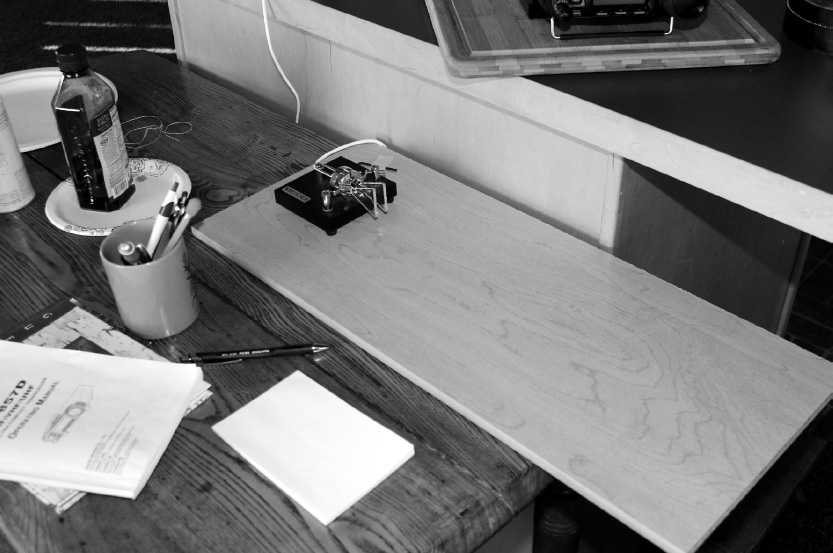
FIGURE 6-11 A Bencher CW keyer paddle, glued down with contact cement to a wooden board for portable operation.
Portable Power Options
As with mobile, you can get a radio that runs either QRO or QRP to work portable. Your choice will depend largely on whether you go for heavy or light operation. You can buy a QRO radio for heavy portable and scale it back for QRP if you want; in light portable the radio will likely not have QRO capability anyhow.
Advantages of QRO Portable
Some portable operators run the full legal RF power output limit of 1500 watts PEP in heavy portable scenarios, such as the annual ARRL Field Day, in which large gasoline- or propane-fueled generators are common. If you want to use a battery, however, you’ll want to run no more than about 100 watts of RF output. Obviously, your battery’s life between charging sessions varies in inverse proportion to the current you demand from it. I use a deep-cycle marine battery (Fig. 6-12) with enhanced connections (Fig. 6-13) for the best possible electrical contact, ensuring that problems won’t occur at maximum current drain, which in my case can run upwards of 20 amperes with the radio key-down. Here are some reasons to run QRO (over 25 watts output) in heavy portable applications:
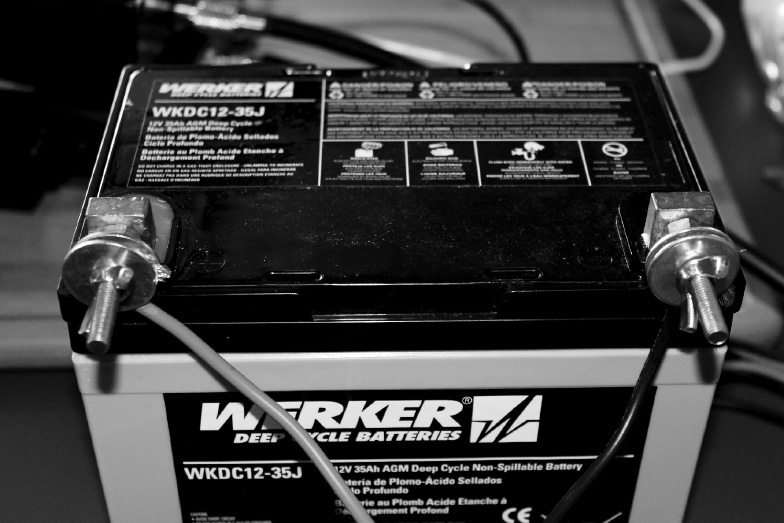
FIGURE 6-12 The deep-cycle marine battery that I use for heavy portable operation. It has a 35-ampere-hour storage capacity and can deliver the 22 amperes necessary to run the Yaesu FT-857D at full RF power output (100 watts).
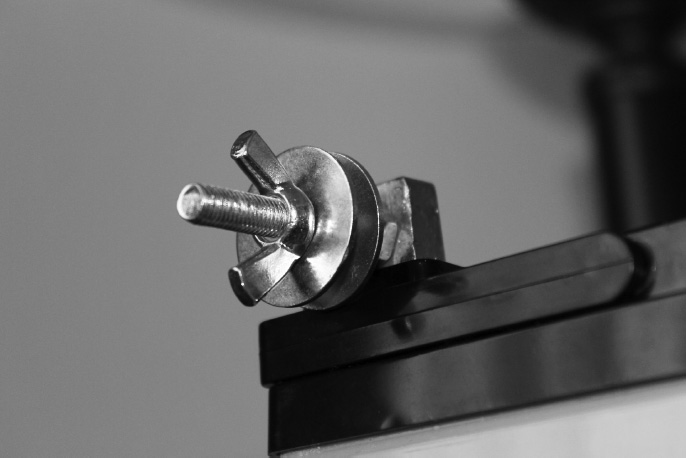
FIGURE 6-13 Modified and enhanced battery terminal to facilitate easy insertion and removal of the DC cable wires and to ensure good electrical contact to carry the current that the transceiver demands when “key-down.”
• You’ll have an easier time making contacts running QRO than you will have if you run QRP, assuming all other factors remain constant.
• With QRO, you’ll have a better chance of maintaining a contact once you’ve made it; you’ll be less prone to having QSOs cut short because of interference or fading.
• In an emergency, you’ll have the best chance of getting help in the least amount of time if you run the highest RF power output that you (and your battery, if you use a battery) can manage.
Warning! When you set up a portable station, make sure that you locate the antenna in such a way that it won’t create a hazard. Don’t run it over or under electrical power lines. Choose a site that won’t make it easy for people to come into contact with the radiating element(s), either accidentally or on purpose. Beware of sudden thundershowers that can expose you and your equipment to danger from induced currents or catastrophic voltages from lightning strikes on or near the antenna. You might want to deploy the antenna in such as way that you can take it down in a hurry should the need arise.
Advantages of QRP Portable
If you’d rather stick with QRP when operating mobile, more power to you (pun intended)! But you should expect challenges, just as you would endure with QRP mobile operation. Here are some of the advantages of going QRP for portable operation.
• Your radio places minimal strain on a battery if you run QRP, even if you transmit in a mode that involves continuous carrier output, such as FM. The battery will last longer between charges and will be less likely to suffer from a voltage drop because of its own internal resistance.
• With QRP, your radiated signal is not likely to cause RFI to sensitive electronic devices that might exist on the premises (such as heart pacemakers!).
• With QRP, you’ll be less likely to have problems with “RF in the shack” if you use an end-fed random wire antenna.
• Most QRP stations are less massive and contain fewer individual boxes than QRO stations, making QRP stations easier to deploy and dismantle.
Stay Safe!
In closing this chapter, please let me reiterate a mandate: Always place your personal safety, and the safety of those around you, above your desire to have “cool fun” with your radio. Don’t try to adjust your radio’s microcomputer-controlled, menu-driven functions while driving a vehicle. Pull over somewhere, preferably into a parking lot, and make your adjustments there. In heavy portable operations, avoid the temptation to keep operating as a thundershower approaches. In a contest, you might find this point difficult to remember—until sparks start to fly from the back of your radio, or your whole station explodes in your face.
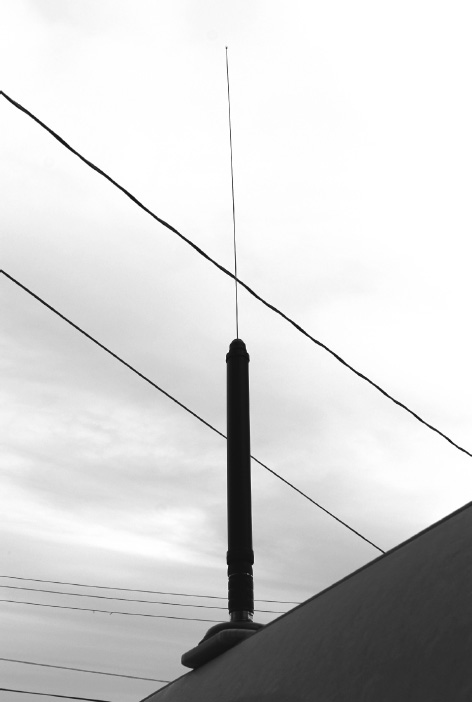
FIGURE 6-14 The Active Tuning Antenna System (ATAS) for mobile use with Yaesu radios such as my FT-857D. It covers the bands from 40 meters through 70 centimeters.
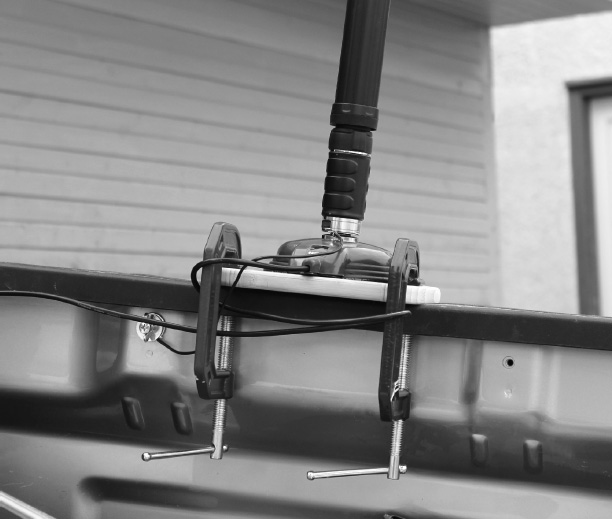
FIGURE 6-15 The base mount that I devised for the ATAS. Note the ground wire going from the base of the ATAS to a screw in the truck bed.
